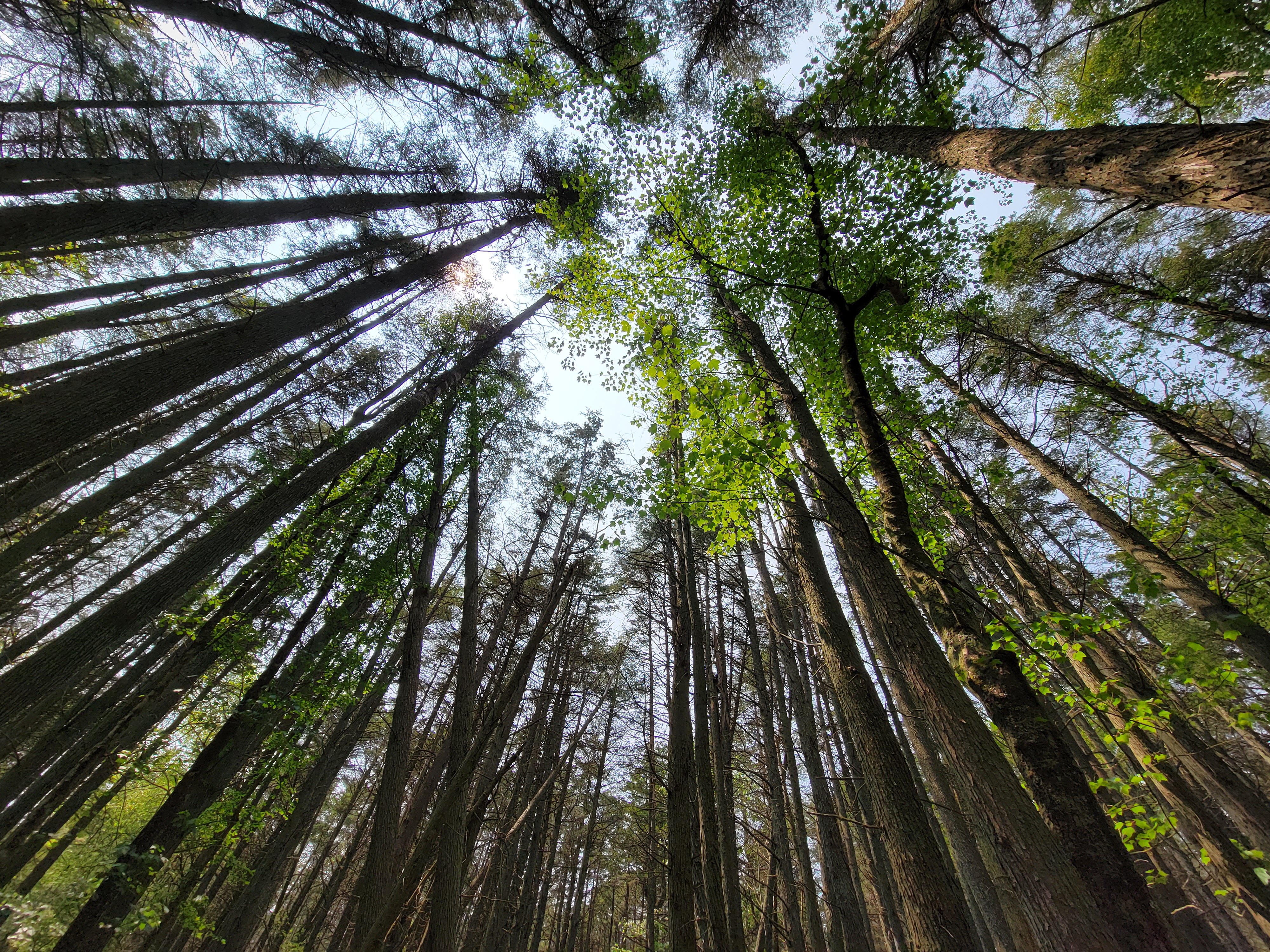I’m reading a book called Vacationland, which tells the story of Colorado’s high-country tourism and leisure-focused lifestyle industries. The book is filled with ads and propaganda designed to lure tourists, attract new residents, increase political influence, and ultimately strengthen the state’s coffers through its (often manipulated) landscape.
I don’t always think of ads as propaganda, but Vacationland makes it clear that the effort to get people into the Rockies was a coordinated push that went well beyond the commercial hopes of any one person or organization. It was a network of boosters looking to transform the state.
One result, according to the author, was a catalog of cliches many of us still use to describe the Colorado high country and many other wild places. Things like: sparkling streams stocked with trout, snow-capped mountains, lush alpine meadows, fragrant pine forests, and so on.
Another result: People bought in. Colorado’s tourism numbers skyrocketed, and its population growth soon followed.
I’m skeptical that the PR and marketing efforts to promote Colorado’s natural resources are responsible for most of this change. (The author notes that road building and other development were vital.) It seems kind of cynical, though, to attribute the state’s popularity to human actions. It really is beautiful there, and visitors’ connection to the land – our experiences in the wild – matter, too.

